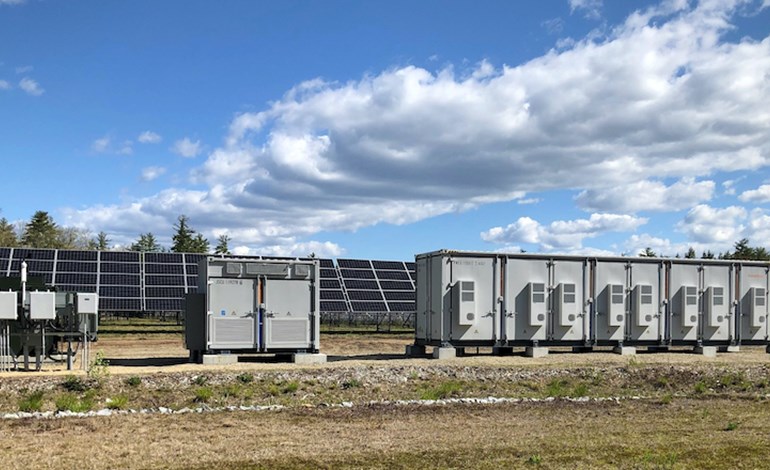Global energy storage installations will reach a cumulative 358 GW by the end of 2030, according to the latest forecast from research company BloombergNEF (BNEF).
BNEF forecasts 358 GW/1028 gigawatt-hours by the end of 2030, more than 20 times larger than the 17GW/34GWh at the end of 2020.
The analyst estimates the growth will require more than $262bn of investment.
BNEF’s ‘2021 Global Energy Storage Outlook’ estimates that 345 GW/999 GWh of new energy storage capacity will be added globally between 2021 and 2030.
The US and China are the two largest markets, representing over half of the global storage installations by the end of the decade.
Clean power ambitions of state governments and utilities propel storage deployment in the US, while in China, an ambitious installation target of 30GW of cumulative build by 2025 and stricter renewable integration rules will boost expected storage installations.
Other top markets include India, Australia, Germany, the UK and Japan.
Supportive policies, ambitious climate commitments, and the growing need for flexible resources are common drivers.
Regionally, Asia Pacific will lead the storage build on a megawatt basis by 2030, but the Americas will build more on a megawatt-hour basis, because storage plants in the US usually have more hours of storage.
Europe, Middle East and Africa (EMEA) currently lags behind its counterparts due to the lack of targeted storage policies and incentives.
Growth in the region could accelerate as renewables penetration surges, more fossil-fuel generators exit and the battery supply chain becomes more localized.
BNEF clean power specialist and lead author of the report Yiyi Zhou said: “The global storage market is growing at an unprecedented pace.
“Falling battery costs and surging renewables penetration make energy storage a compelling flexible resource in many power systems. Energy storage projects are growing in scale, increasing in dispatch duration, and are increasingly paired with renewables.”
BNEF’s forecast suggests that the majority, or 55%, of energy storage capacity by 2030 will be to provide energy shifting; for instance, storing solar or wind to release later.
Co-located renewable-plus-storage projects, solar-plus-storage in particular, are becoming commonplace globally.
BNEF head of decentralised energy Yayoi Sekine said: “This is the energy storage decade. We’ve been anticipating significant scale-up for many years and the industry is now more than ready to deliver.”
The report found the industry is adopting multiple lithium ion battery chemistries. In 2021, lithium iron phosphate (LFP) will be used more than nickel-manganese-cobalt (NMC) chemistries for stationary storage for the first time.
LFP will become the major lithium ion battery chemistry choice in the energy storage sector until at least 2030, driven by its dominant role in China and increasing penetration in the rest of the world.

